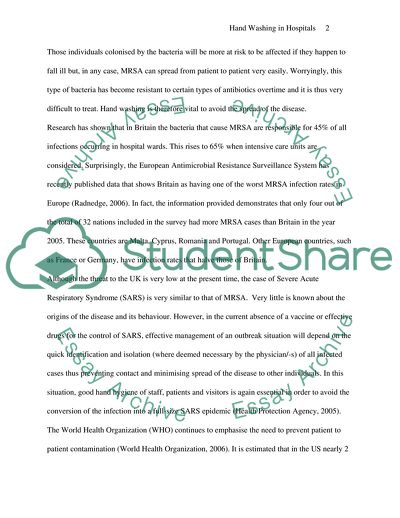Cite this document
(Hand Washing in Hospitals Assignment Example | Topics and Well Written Essays - 3427 words, n.d.)
Hand Washing in Hospitals Assignment Example | Topics and Well Written Essays - 3427 words. Retrieved from https://studentshare.org/health-sciences-medicine/1705615-audit-report-handwashing-in-hospital-ward-setting
Hand Washing in Hospitals Assignment Example | Topics and Well Written Essays - 3427 words. Retrieved from https://studentshare.org/health-sciences-medicine/1705615-audit-report-handwashing-in-hospital-ward-setting
(Hand Washing in Hospitals Assignment Example | Topics and Well Written Essays - 3427 Words)
Hand Washing in Hospitals Assignment Example | Topics and Well Written Essays - 3427 Words. https://studentshare.org/health-sciences-medicine/1705615-audit-report-handwashing-in-hospital-ward-setting.
Hand Washing in Hospitals Assignment Example | Topics and Well Written Essays - 3427 Words. https://studentshare.org/health-sciences-medicine/1705615-audit-report-handwashing-in-hospital-ward-setting.
“Hand Washing in Hospitals Assignment Example | Topics and Well Written Essays - 3427 Words”, n.d. https://studentshare.org/health-sciences-medicine/1705615-audit-report-handwashing-in-hospital-ward-setting.


